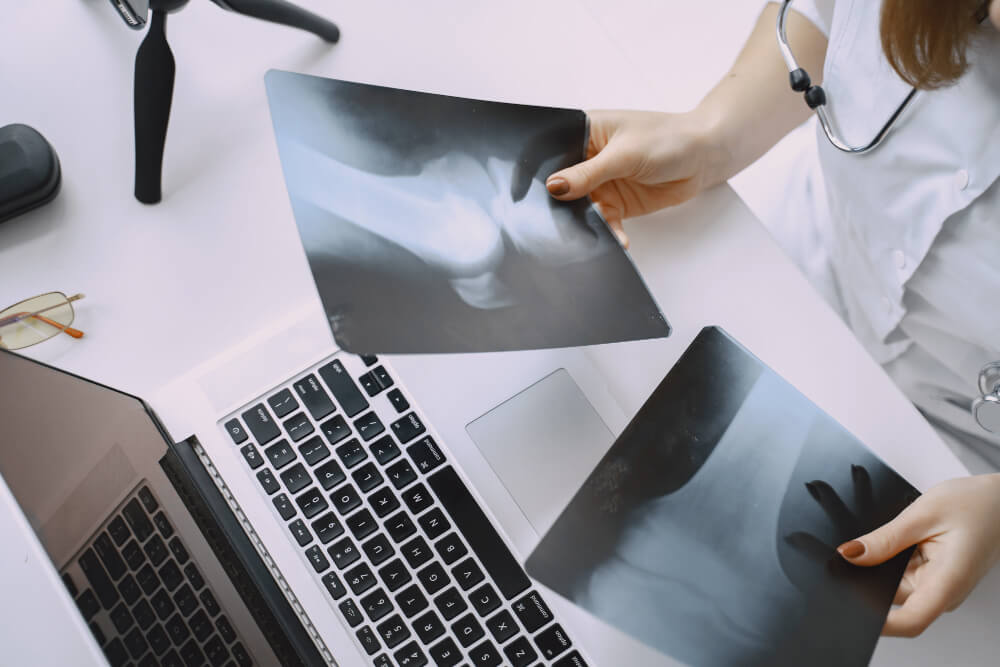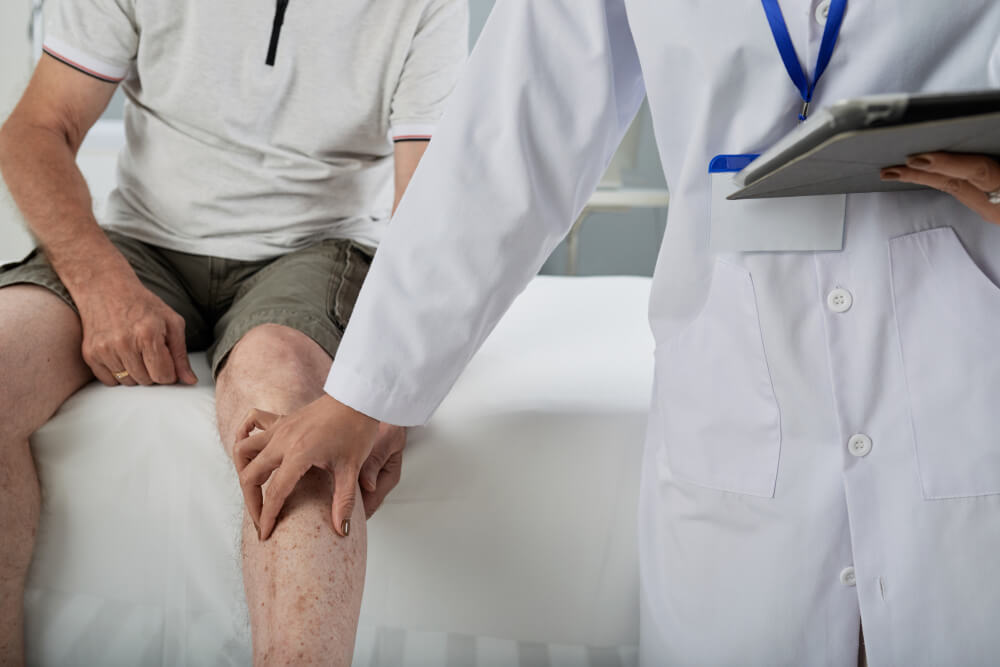Life is all about movement, about chasing dreams and conquering goals, big and small. But what happens when a sudden “pop” throws a wrench in your stride, leaving your joint feeling like it’s escaped its rightful place? Dislocation, the unwelcome guest at the movement party, can send shivers down your spine and fear rushing through your veins. But fear not, fellow adventurers! This guide is your roadmap back to stability, empowering you to conquer dislocation pain and reclaim your joyful, pain-free journey.

Unveiling the Snap: Understanding the Causes and Symptoms of Joint Dislocation
Dislocation isn’t a one-night stand. It’s a mischievous villain with various tricks up its sleeve, targeting different joints throughout our bodies. Let’s break down its playbook:
- Everyday Mishaps: A clumsy tumble down the stairs, a misstep on uneven ground, even an awkward stretch – these seemingly mundane situations can trigger dislocations in joints like your shoulder, knee, or ankle.
- Sports Misadventures: For the athletes among us, high-impact activities like football, volleyball, or gymnastics can turn into testing grounds for joint stability. Dislocations of the shoulder, fingers, and knees are frequent players in this arena.
- Beyond the Obvious: While pain and popping sounds are the usual red flags, dislocation can present with lesser-known symptoms. Nerve damage, tingling, and numbness might be present, and in some cases, even delayed instability can be a telltale sign.
From Diagnosis to Action: Your Roadmap to Recovering from Dislocation

So, you suspect dislocation has hijacked your mobility. Where do you turn? The good news is that medical professionals are the superheroes in this narrative, armed with tools to diagnose and treat your wobbly woes. Here’s your action plan:
- Seeking the Right Expert: Orthopedic specialists and sports medicine physicians are your first line of defense. They’ll assess your injury, ask about the “snap,” and conduct a thorough physical examination.
- Imaging the Solution: X-rays and MRIs become your allies, giving the doctor a clearer picture of the dislocation and any potential damage to bones, ligaments, or cartilage.
- Non-Invasive Relief: Before resorting to surgery, a symphony of non-invasive options takes center stage. Splinting and bracing provide support and stability, while targeted physical therapy exercises strengthen the muscles surrounding the joint, improving its resilience. Pain management techniques like injections can offer welcome relief while your body works on its comeback.
- Surgical Solutions: In some cases, surgery might be the best route to long-term stability. Arthroscopic procedures, minimally invasive surgeries using small incisions and tiny instruments, can repair damaged ligaments or tighten the joint capsule. For more complex cases, traditional open surgery might be necessary to reconstruct the joint structure.
Reclaiming Your Strength: Empowering Strategies for Preventing Future Dislocations
Recovery is about more than just treatments. It’s about taking control and becoming your own superhero against future wobbly episodes. Here are your secret weapons:
- Strengthening Your Support System: Targeted exercises become your best friends, building muscle around the vulnerable joint and improving its ability to withstand everyday bumps and challenges.
- Listening to Your Body: Pay attention to the warning signs. Pain, unusual popping sounds, and decreased range of motion are your body’s way of saying “slow down!”
- The Long-Term Journey: Adapting activities, maintaining healthy habits, and seeking ongoing support when needed are key to preventing repeat dislocations and living a life filled with pain-free movement.
Remember, dislocation doesn’t have to dictate your story. With knowledge, expert guidance, and proactive habits, you can rewrite the narrative. Embrace the power of recovery, strengthen your resolve, and reclaim the confident stride that’s rightfully yours. Life’s dance floor awaits, and this time, you’ll lead the way, pain-free and empowered.
Bonus Tips:
- Consult your doctor before starting any new exercises or physical therapy programs.
- Maintain a healthy weight to reduce stress on your joints.
- Warm up before activities and cool down afterward to prevent injuries.
- Listen to your body and take breaks when needed.
